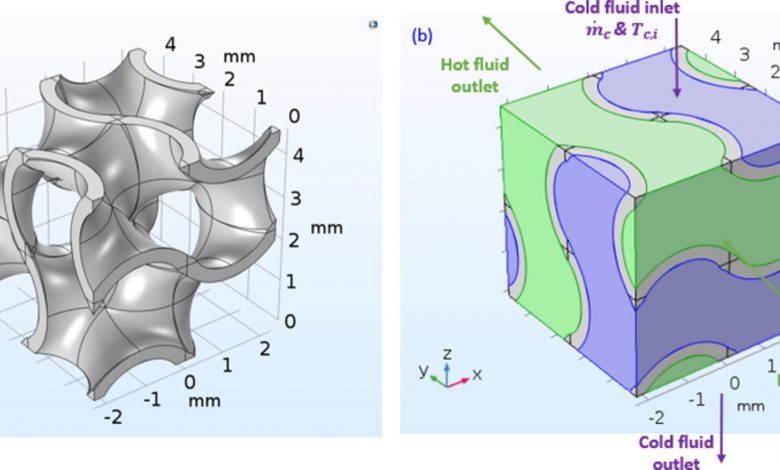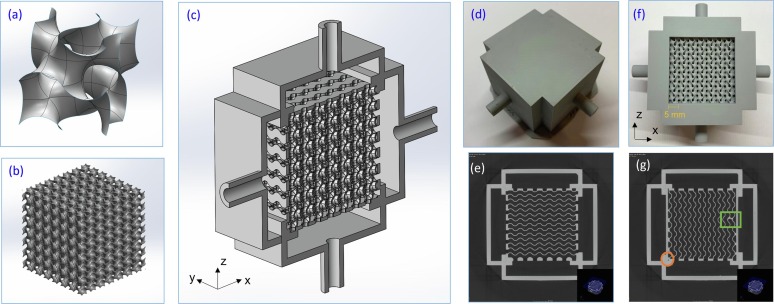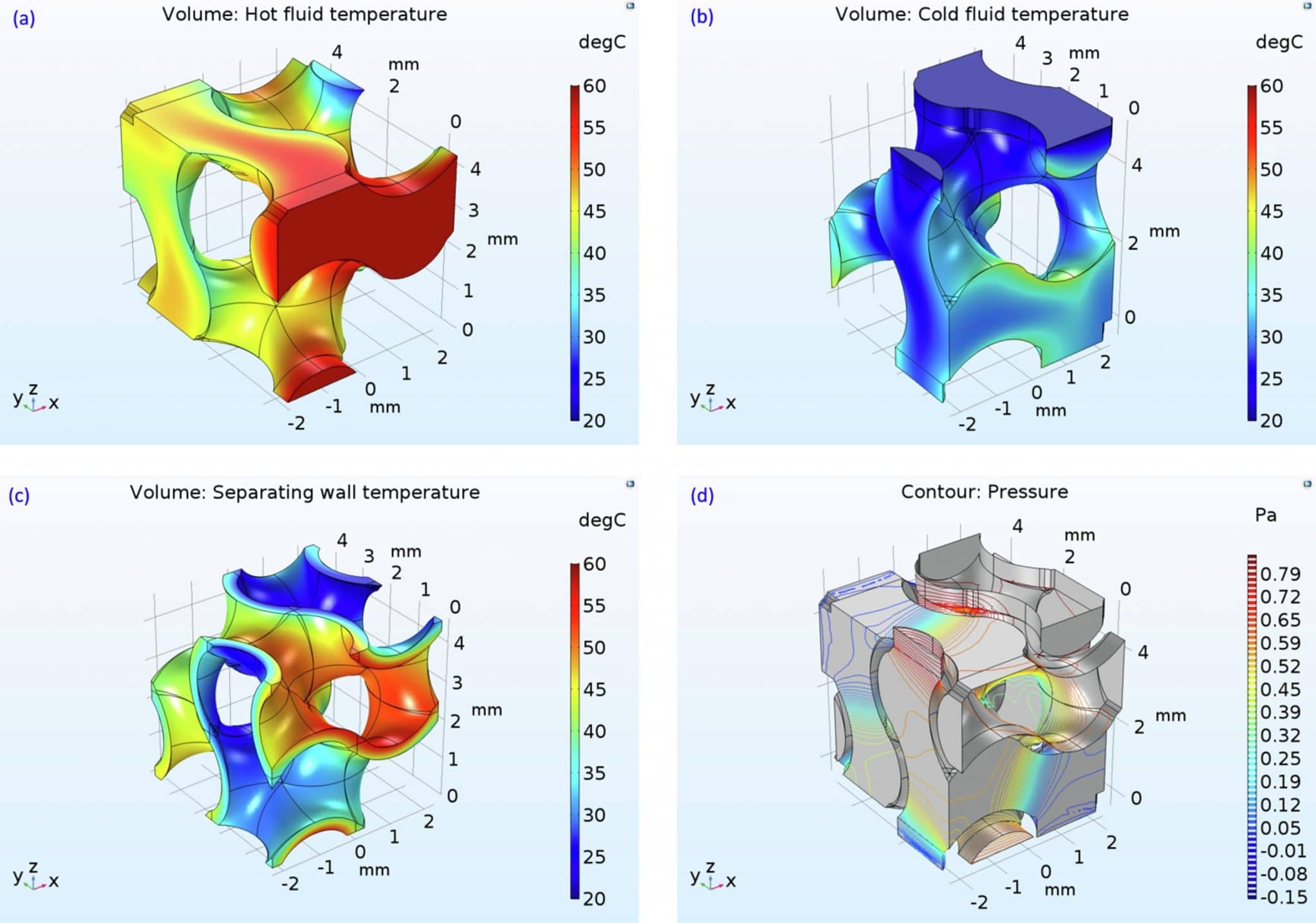April 17, 2022.Researchers at the University of Glasgow say they have developed a new lightweight3D printingheat exchanger. The design utilizes a labyrinth-like repeating gyroscopic structure, making it more compact and efficient than conventional counterparts. The research was developed by Dr Shanmugam Kuma from the James Watt School of Engineering at the University of Glasgow in collaboration with Swansea University and Khalifa University of Technology.

Heat exchangers are devices that transfer heat between fluids without mixing the fluids and have a wide range of applications.Heat exchangers that transfer thermal energy between fluids are used in refrigeration systems, fuel cells, andcarand internal combustion engines used in aircraft. In the pursuit of lightweight engineering, people have been looking for ultra-lightweight materials with high performance.with adjustable mechanical properties3D printingHoneycomb material.
The high performance of this heat exchanger is due to the design of the surfaces over which the liquid flows. The core is designed as a helical arrangement of holes. The team has published their research in Applied Thermal Engineering, “High-Performance, Microarchitectural, Compact Heat Exchangers by 3D Printing,” which was funded by the Abu Dhabi National Oil Company.

The team claims that the spiro-lattice structure is part of the overall structural design, using a non-self-intersecting and highly symmetric three-period minimal surface (zero mean curvature) geometry. The team chose to use the repeating gyroscopic structure as a heat exchanger because the efficiency of heat exchange is related to its surface area — the greater the surface area, the more opportunities the fluid has to transfer thermal energy from one object to another. This means that an object with a large surface area cools or heats the fluid faster than an object with a small surface area.Their tiny gyroscopes are designed from simple photopolymers and sophisticated3D printerManufactured to design a large surface area into a compact cube, 32mm on each side, with an actual weight of just 8 grams.
Running water through a labyrinth-like design, the temperature varied between 10 and 20 degrees Celsius as the water flowed through the heat exchanger at a speed of 100 to 270 millimeters per minute.The team measured their new heat exchanger heat transfer coefficient — a measure of how effectively it transfers heat between a fluid and its surface. So they tested and compared a series of conventional heat exchangers of different sizes, made of materials such as polymers and metals. Although their newly developed prototype is only 10% of its volume, their new heat exchanger is 50% more efficient than the thermodynamically equivalent and most efficient counterflow heat exchanger.

Dr Kumar said: “We have been working hard for several years to find new applications for this 3D printed gyroscopic lattice structure. The technology could be used in the future including recyclable high-performance batteries and future ‘smart’medicalDevelopment of devices, such as prosthetics and back braces.“Being able to develop smaller, lighter and more efficient heat exchangers could help us develop refrigeration systems that require less power, or high-performance engines that can cool more efficiently. We are eager to develop this technology further in future research. “
Through our research, these gyroscopic lattice structures can be used to create a structure with a very large surface area-to-volume ratio, which facilitates heat exchange.
(responsible editor: admin)


0 Comments for “University of Glasgow’s 3D printed heat exchanger is 50% more efficient than traditional designs”